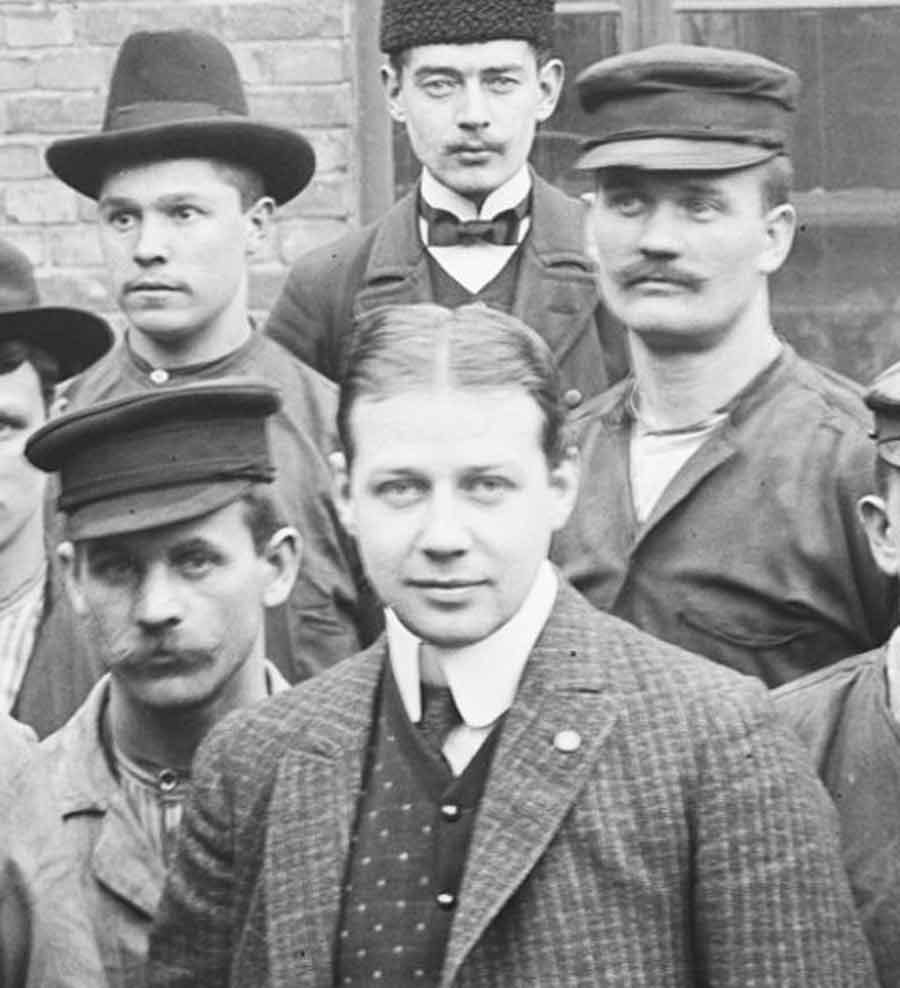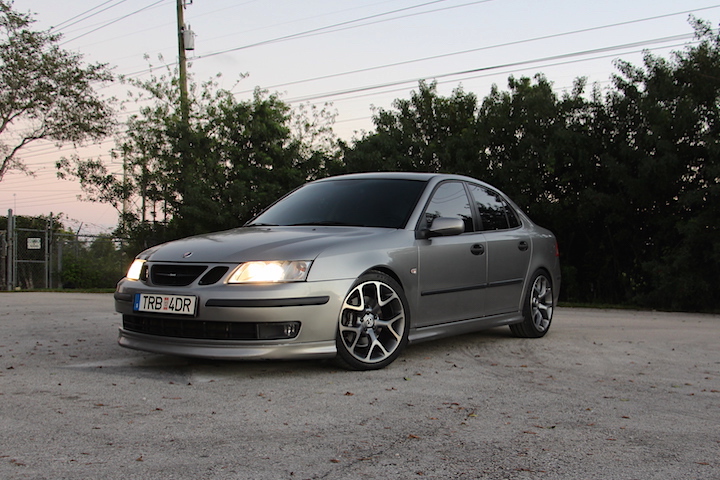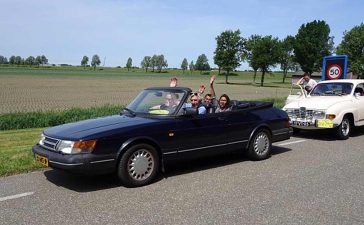Volvo and Saab are not the only Swedish cars that have rolled on swedish roads. As early as 1897, Gustaf Erikson designed Sweden’s first car with an internal combustion engine. Since then, at least 150 different car models have rolled out from Swedish garages, bicycle workshops, factories and industries.
Gustaf Erikson is the father of the Swedish car industry. At the same time as he graduated from the Technical Elementary School in Örebro in 1878, the first horseless carriages began to roll down in Europe. 18 years later he got his dream job.
His assignment was to design a Swedish car for Surahammar’s mill. The designer job was located in the mill’s subsidiary since 1891, Vagnfabriksaktiebolaget (VABIS) in Södertälge. It did not take more than a couple of months before the first construction of the so-called “Drawing Table Car” was completed. On closer inspection, it turned out the car was not made to measure and by some standards. At least not compared to the existing cars on the continent.

The improved A-car was tested in Surahammar in the spring of 1898. After the car was pushed into motion, it went 150 meters before it was stopped by a fence. After another push, it started up again and did not stop until it collided with a mill – “that came in the way”. The car lacked a brake.
After another 6 months at the drawing board, the worst shortcomings were rectified. And the 1899 model, the B-car, got a two-cylinder two-stroke with water cooling instead of the old troublesome V4. Still, the B model was not a success, partly due to a complicated engine design and an odd transmission with reciprocating slider.
The C-model from 1902 got a two-cylinder four-stroke and the transmission consisted of a chain. Thus, Erikson’s car began to resemble that of its competitors, with one exception; he insisted that the engine run on kerosene unlike European petrol.
Only the 1902 model, the D-car, got an efficient petrol-powered engine. The new car also got a planetary gearbox with two forward and one reverse positions. Now it started to get a little style on Erikson’s constructions. But it was not until the 1903 model, known as the “Surahammar car“, that it became practical. It increasingly resembled the continental automobiles. It had a two-cylinder in-line engine of 2.7 liters and a propeller shaft for propulsion at a cruising speed of just over thirty kilometers per hour.
However, the car was only manufactured in one copy, and Surahammar’s mill did not become the first Swedish car industry, despite Gustaf Erikson’s ingenious designs. The reason may have been that the stubborn technician had difficulty absorbing the employees’ views on his constructions. Until 1910, when Erikson left as construction manager, the company had only manufactured 30 cars of various models.
In the New Year 1911, Vagnfabriksaktiebolaget in Södertälge, which has been called Vabis since 1906, merged with the Malmö company SCANIA. Scania had been manufacturing cars since the company was founded in 1900. The models from the start to the merger with Vabis were called from Gula Faran, the Thorssin wagon and the Crown Prince’s car to Scania Tonneau, Scania Phaeton and Scania Landaulette. At the time of the merger, Scania had manufactured almost 60 cars and just over 40 trucks.
The new Scania-Vabis concentrated on making trucks in Malmö and cars in Södertälje. Production was estimated at 100 cars a year. Scania’s designs were often the basis for continued production, as they were considered better than Vabis. After three years, the two companies’ different technology solutions had merged into a common design philosophy.
But after the war, modern, mass-produced and cheap cars rolled in across the borders of Europe and America. Scania-Vabis did not have a chance and the company went bankrupt in 1921. The only thing that survived was the name.
Saab AB, “Svenska Aeroplan Aktiebolaget” (Swedish for “Swedish aeroplane corporation”), a Swedish aerospace and defence company, was created in 1937 in Linköping. The company had been established in 1937 for the express purpose of building aircraft for the Swedish Air Force to protect the country’s neutrality as Europe moved closer to World War II. As the war drew to a close and the market for fighter planes seemed to weaken, the company began looking for new markets to diversify.
An automobile design project was started in 1945 with the internal name “X9248“











